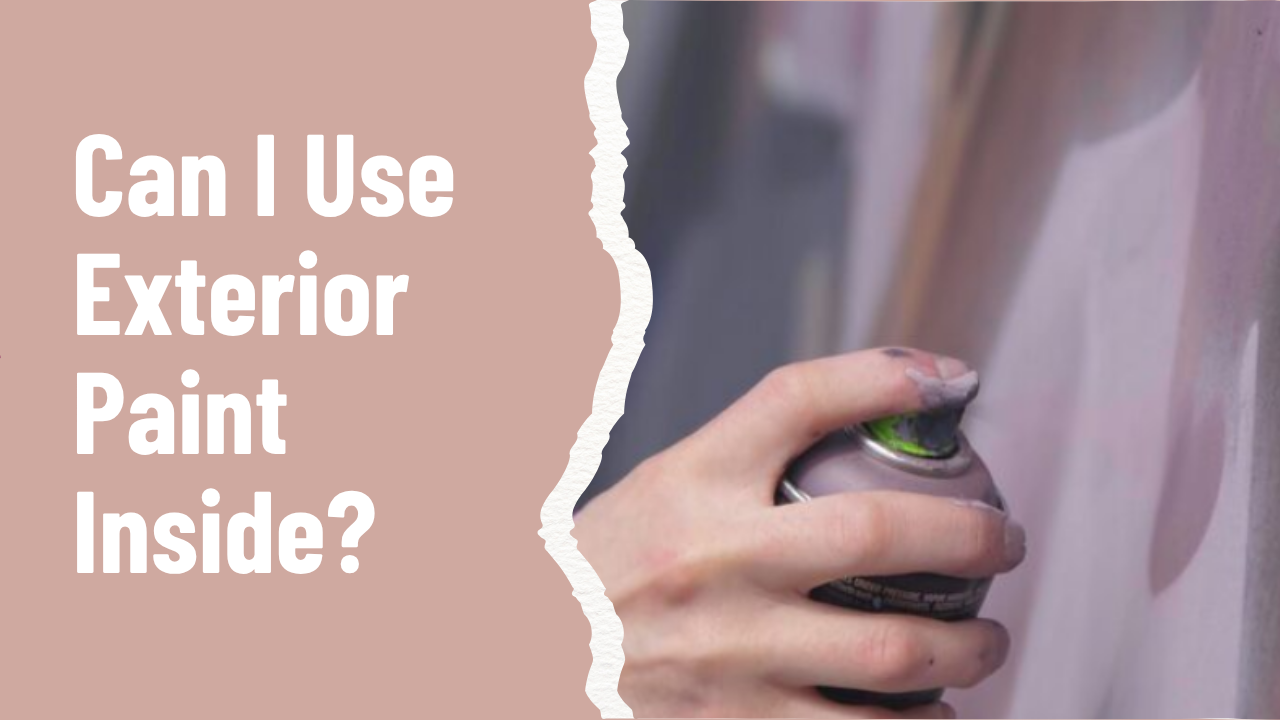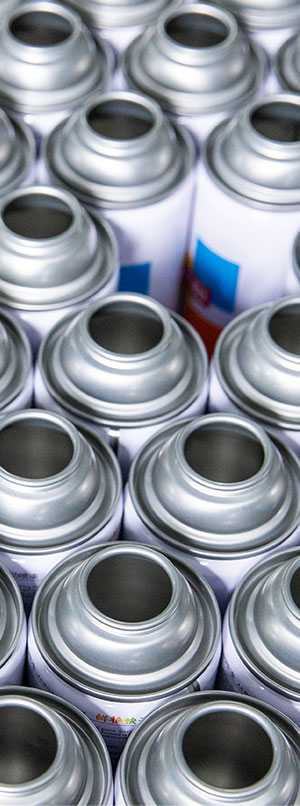Can I use exterior paint inside? You may ask yourself. Using exterior paint inside your home may seem like a cost-effective solution, but it’s important to consider the pros and cons before making a decision. In this article, we’ll explore whether or not you can use exterior paint inside .

Understanding the Differences Between Exterior and Interior Paints
When it comes to painting the interior of your home, it’s essential to choose the right type of paint. Many homeowners wonder if they can use exterior paint inside. In this article, we will explore the pros and cons of using exterior paint indoors and provide expert tips for a successful painting project.
Exterior paint is specifically formulated to withstand the harsh outdoor elements, such as UV rays, moisture, and temperature fluctuations. It usually contains additives that make it more durable and resistant to fading. However, using exterior paint inside your home may have some drawbacks.
Firstly, it’s worth noting that exterior paint is specifically formulated for outdoor use. It is designed to withstand harsh weather conditions, UV rays, and moisture. On the other hand, interior paint is formulated for indoor use, where it will be exposed to less extreme conditions. Interior paint is also formulated to be low in volatile organic compounds (VOCs), which can be harmful when released into the air.
Pros of Using Exterior Paint Inside (With Caution)
While experts strongly advise against using exterior paint indoors due to health hazards, some DIYers consider it for its engineered qualities. The main perceived advantages are related to the paint’s robust composition, designed for harsh conditions:
- Exceptional Durability and Wear Resistance: Exterior paints are built to withstand elements like hail and wind, leading to a very hard, resilient surface. This might be seen as beneficial for high-traffic interior areas like garages, workshops, basements, or utility rooms that are subject to frequent bumps, scuffs, or heavy cleaning.
- Superior Moisture and Mildew Resistance: These paints contain powerful mildewcides and fungicides to prevent organic growth outdoors. In high-humidity, non-living areas (e.g., unfinished basements or old laundry rooms), this property is sought after to help inhibit mold and mildew that interior paints might struggle with.
- Color Fastness (UV Protection): Exterior formulations include additives that resist fading and chalking from intense UV exposure. In rooms with large, unshaded windows that receive direct, strong sunlight, this UV resistance might help maintain the color integrity over time better than standard interior paint.
Expert Tips for Using Exterior Paint Inside Safely
If you decide to use exterior paint indoors—a choice that carries significant health risks—you must take extreme precautions to mitigate the danger from high Volatile Organic Compounds (VOCs). Safety must be your absolute priority:
- Prioritize Ventilation: This is non-negotiable. Open all windows and doors and use powerful exhaust fans aimed directly out of the room. Ventilation must run continuously during painting and for at least 72 hours after the paint is dry.
- Use Low-VOC Formulas: If buying new, look only for exterior paints specifically labeled as “Low-VOC” or “Zero-VOC”. This choice drastically reduces the toxic fumes released indoors.
- Wear Respiratory Protection: Do not rely on simple dust masks. Use a respirator mask with organic vapor cartridges (PPE) while applying the paint and while in the room during the initial drying period.
- Restrict Occupancy and Airflow: Do not use this paint in bedrooms or main living areas. Keep children and pets away from the area entirely. Seal off the room from the rest of the house by closing interior air vents to prevent fumes from circulating through your HVAC system.
- Limit Application to Non-Living Spaces: Only consider this for areas with minimal long-term occupancy, such as detached garages, sheds, or commercial/industrial areas.
- Consider a Primer Sealer: Once the exterior paint is fully cured (which can take weeks indoors), you can apply a specialized VOC-blocking primer/sealer over it, followed by a low-VOC interior topcoat. This final step helps encapsulate any lingering harmful chemicals.
Conclusion
Using exterior paint indoors can have its advantages, such as increased durability and resistance to mold and UV radiation. However, it is important to carefully consider the potential drawbacks, including the release of VOCs and the difference in appearance and texture. Consulting with professionals, like those at SANVO Company, can provide valuable advice and guidance to ensure you choose the right paint for your interior projects. Ultimately, striking a balance between functionality and aesthetics is key in achieving a successful painting job that meets your specific needs and preferences.

